Conveyor Belt Fire Hazard
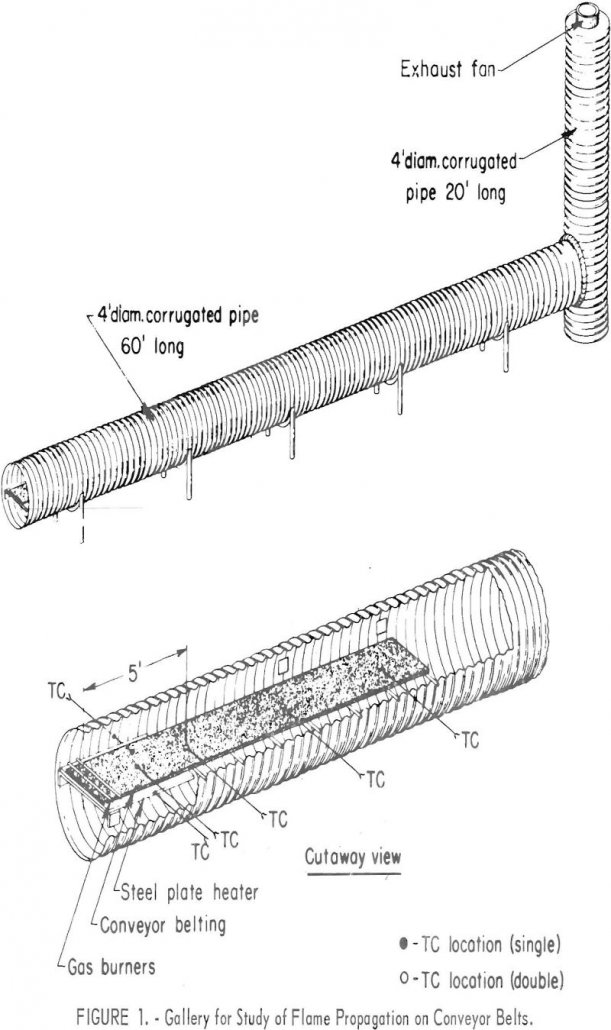
This investigation showed that neoprene, polyvinyl chloride, and rubber belts ignite readily when subjected to an impinging flame. Although pre-heating of the belt is not necessary for ignition, preheating does increase the probability of developing a self-sustaining flame after ignition. The time and total quantity of heat required to ignite neoprene were greater than those […]
Electric Smelting Lead Zinc
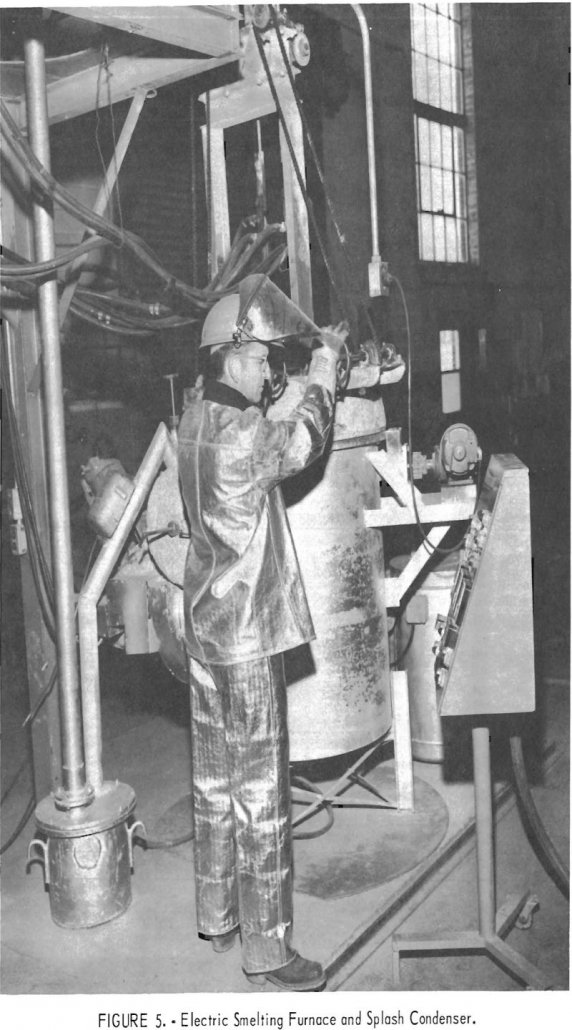
Based on the results obtained during this investigation, slag-resistance, open-bath electric smelting of complex lead-zinc sinter is not considered feasible. Inherent characteristics of electric smelting promote and permit excessive transfer of iron, lead, and volatile slag constituents to the condenser when smelting normal lead-zinc sinter. Reaction of these constituents with zinc causes its degradation. Consequently, […]
Mine Sampling Assays

A continuing problem in mine evaluation, planning, operations, and production scheduling is the necessity of assigning some value for the grade of mineralization which occurs in the area lying between two sample points. This problem is particularly prevalent in evaluating ore deposits because of the usual wide-spaced drilling and sampling in the exploration phase of […]
Calcium Vanadate Precipitation and Processing
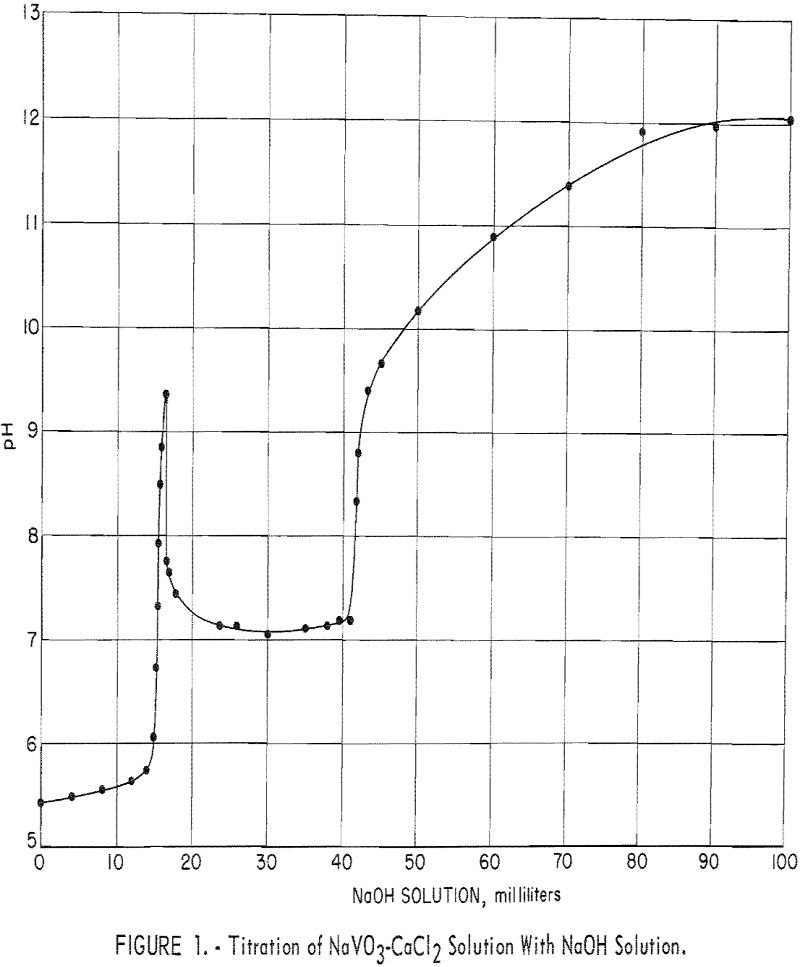
This report presents the results of a Bureau of Mines laboratory investigation to ascertain if the precipitation of calcium vanadate from low-tenor alkaline leach solutions can be practically employed for producing marketable technical-grade oxide (red cake) or ammonium metavanadate (AMV). The research was undertaken during the development of an autoclave process for extracting vanadium from […]
Electrorefining Yttrium
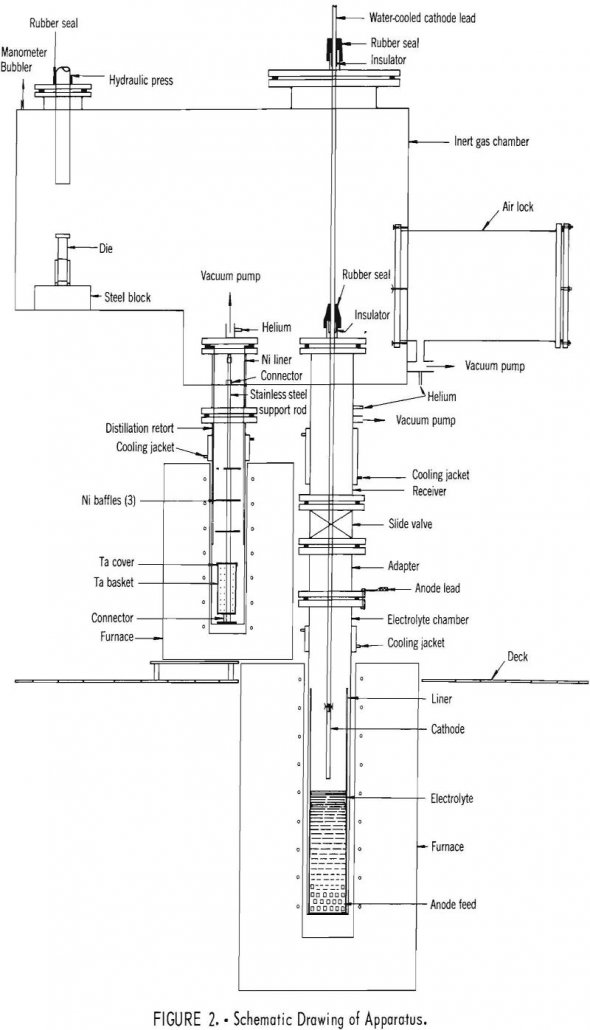
Tests on electrorefining of yttrium were performed in LiCl-YCl3 electrolytes at 710° C, and the deposits were subjected to vacuum-distillation at 880°C to remove salt from the metal. A comparison of the analyses of the anode feed and the product metal indicates that all metallic impurities were substantially lowered, but oxygen was reduced appreciably only […]
Solid Fuel in Pelletizing Shaft Furnace
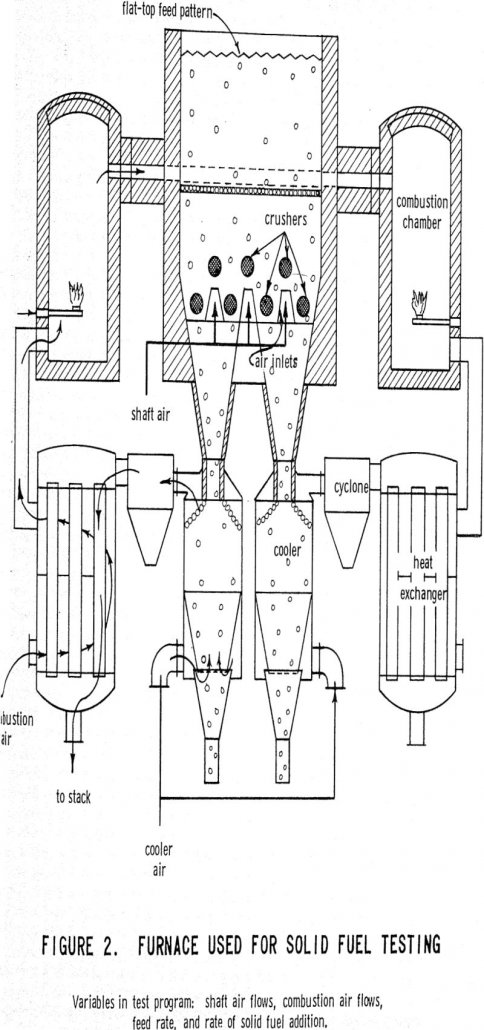
The use of solid fuel in shaft furnaces to indurate iron ore pellets was originally considered a necessary evil, which the industry worked long and hard to eliminate. Since then changes have taken place in furnace design and operating practices that have led us to our suggestion that solid fuel additions could again be used. […]
Tailings Disposal and Liquefaction
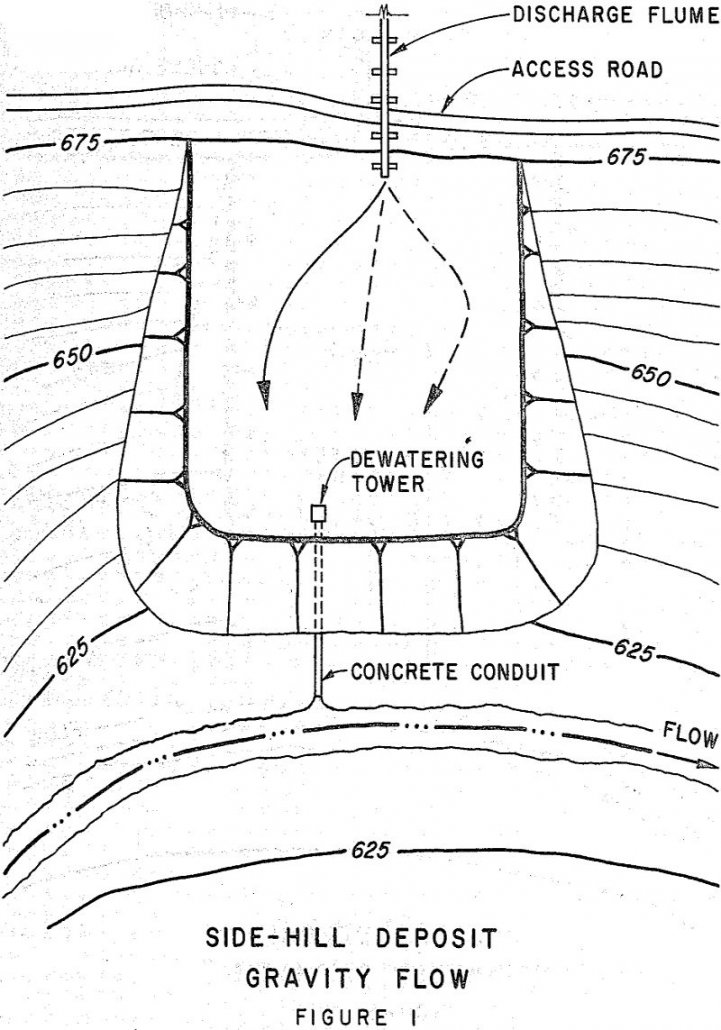
One of the many responsibilities of mining engineers and mill superintendents is to provide for the safe and economic disposal of wastes (or tailings) remaining after a mineral has been extracted from an ore. The cost of disposal of these tailings exerts a considerable influence on the minimum grade of ore extracted from the mine. […]
How to Recover Molybdenum in Oxidized Ore
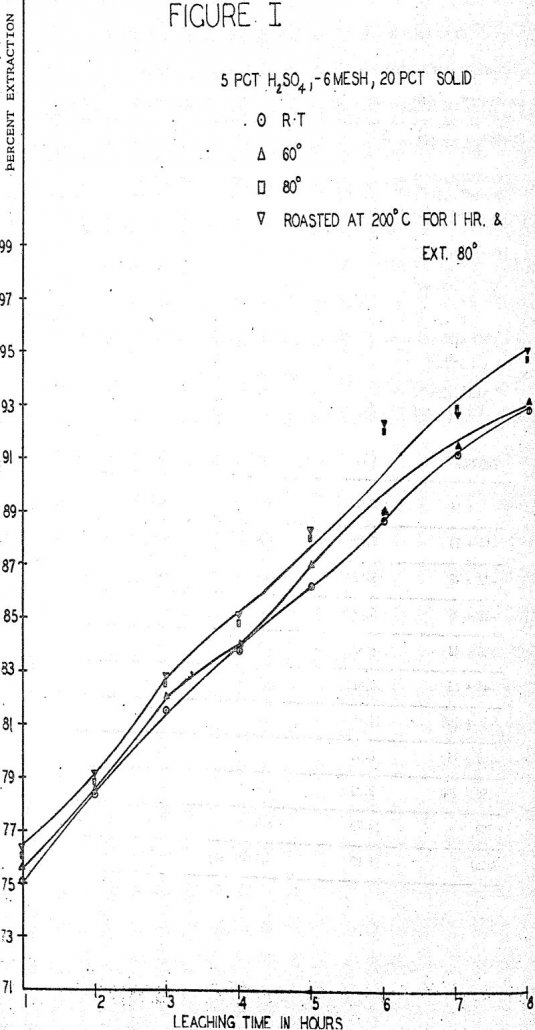
A study of some variables affecting the recovery of molybdenum from oxidized molybdenum minerals was made. The effects of variations in contact time, temperature, pulp density, particle size, and solvent concentration on the recovery of molybdenum using acid and alkaline solvents were investigated. Chemical analyses, screen analyses and microscopic examinations were made and the presence […]
Power Scale-Up for Agitating Slurries

An interesting problem with which the senior author has been concerned with is the scale-up of power requirements for slurry agitators operating in the laminar region with pseudo-plastic materials. Pulps of shaly ores, after various chemical reactions in aqueous leaching systems, are often difficult to settle and filter if agitation is violent. In these cases […]
Tertiary Zeolite Ore Mineral Distribution in Size Fractions

Zeolite ores and protores occur in extensive deposits in the western United States. A recent paper describes the general geology and mineralogy of these deposits and their geographical distribution. The zeolites are alkali- and silica-rich varieties of mordenite, erionite, chabazite, phillipsite, ferrierite, and clinoptilolite. The Tertiary zeolite ores consist of one or more zeolites (mordenite, […]
